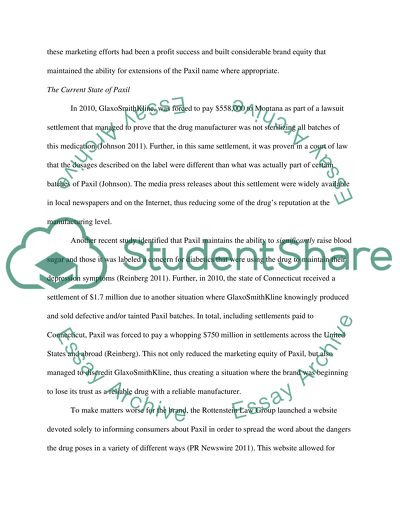Cite this document
(“Brand Management: Paxil Case Study Example | Topics and Well Written Essays - 1500 words”, n.d.)
Retrieved de https://studentshare.org/marketing/1391524-brand-management
Retrieved de https://studentshare.org/marketing/1391524-brand-management
(Brand Management: Paxil Case Study Example | Topics and Well Written Essays - 1500 Words)
https://studentshare.org/marketing/1391524-brand-management.
https://studentshare.org/marketing/1391524-brand-management.
“Brand Management: Paxil Case Study Example | Topics and Well Written Essays - 1500 Words”, n.d. https://studentshare.org/marketing/1391524-brand-management.


